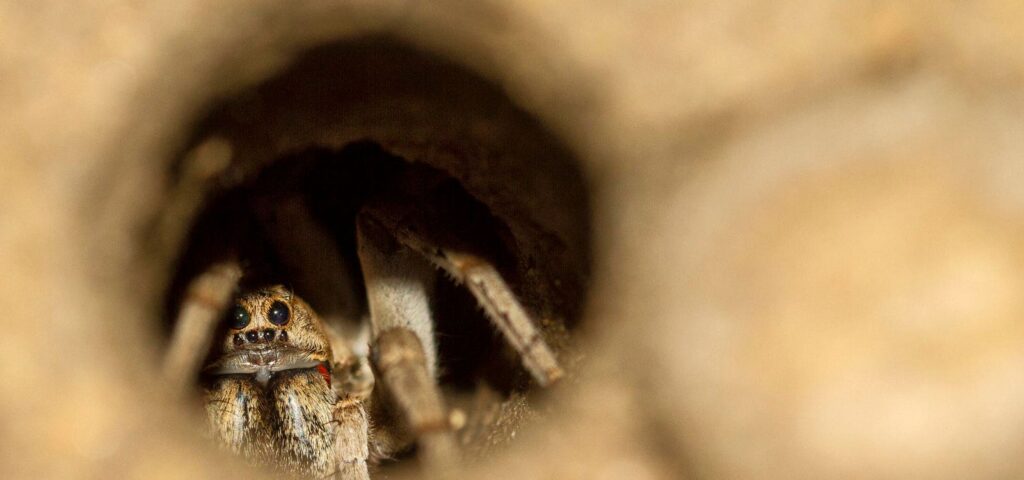
Meet The Record-Breaking Spider That Lived For 40+ Years In This Continent’s Infamous ‘Bush Country’
In the unforgiving environment of southwestern Australia’s “bush country,” a remarkable spider has shattered all expectations. A trapdoor spider, known only as “Number 16,” defied the odds by living an astonishing 43 years and 4 months. This record-breaking achievement is a testament to the incredible resilience and adaptability of these arachnids.
In 1974, Australian arachnologist Barbara York Main began a groundbreaking study on trapdoor spider families in this harsh environment. She initially monitored 10 spiders, including Number 16, which would go on to become an unlikely record holder. As part of her research, Main documented the spiders’ behavior, physiology, and ecological adaptations, ultimately providing invaluable insights into their remarkable survival abilities.
So, what allowed this spider to thrive in such a hostile environment? Several factors contributed to its extraordinary longevity. First and foremost, it is crucial to note that trapdoor spiders are expert ambush hunters, conserving energy by adopting a “sit-and-wait” strategy rather than actively pursuing prey. This approach significantly reduces the risk of predation compared to more aggressive hunting methods.
Additionally, their unique burrow construction and camouflage abilities played a significant role in their survival. By crafting intricate, camouflaged traps that blend seamlessly into the surroundings, they can remain undetected by predators, ensuring their safety and security. Furthermore, their ability to rapidly retreat into these burrows when threatened greatly increases their chances of evading danger.
Another essential factor was their remarkably low energy consumption. Trapdoor spiders possess a slow metabolism, allowing them to survive for extended periods without food. This remarkable adaptation enables them to endure prolonged droughts or periods of scarce prey, thereby circumventing the limitations imposed by their environment.
Their remarkable environmental resilience is another key aspect that contributed to their remarkable survival. They have evolved to thrive in various environments, including arid deserts and woodlands, where they can withstand extreme temperatures and humidity fluctuations. This adaptability allows them to exploit a wide range of ecological niches, making them an integral part of these ecosystems.
Lastly, their impressive self-defense mechanisms were crucial to their survival. When faced with potential threats, they can swiftly retreat into the safety of their burrows, significantly increasing their chances of survival.
It is essential to recognize that Number 16’s remarkable achievement is not solely due to individual traits but rather the collective combination of these factors. As we reflect on this extraordinary spider’s remarkable story, it serves as a powerful reminder of the intricate web of adaptations and ecological pressures that have shaped the evolution of these incredible arachnids.
By exploring the extraordinary life story of Number 16, we gain invaluable insights into the remarkable survival strategies of trapdoor spiders. It is crucial to acknowledge their importance in maintaining healthy ecosystems and preserving biodiversity in the face of a rapidly changing environment.
Source: www.forbes.com


